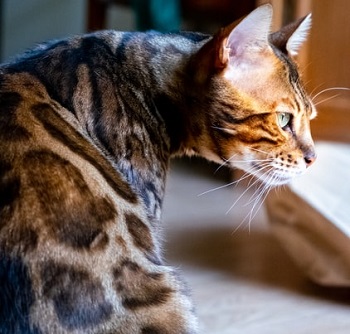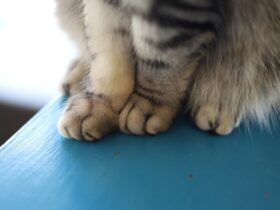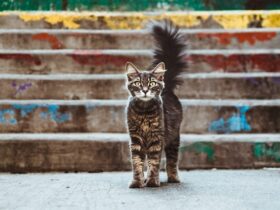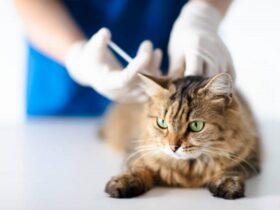Do you want to know all about the average lifespan of Bengal cats and the ways it can be prolonged?
Then this is the article for you!
In this article, you can find out all about the average life expectancy, health issues that occur with this breed as well as a few ways you can prolong your cat’s lifespan. So if this is something you want to know more about, continue reading this article!


Bengal Cat 101
What Is A Bengal Cat?
Bengal cats are a medium to large cat breed which is best known for their richly colored coat with spots or marble pattern. They are originally developed from crossing the domestic cat with the Asian Leopard cat. Today this breed comes from breeding Bengals to other Bengals.
Bengal Cat Life Expectancy
The expected life expectancy of the Bengal cat is pretty similar to the average indoor capitivity cat life expectancy, which is about 12 to 18 years. However, if you take good care of your cat, their lifespan can even be prolonged.
Health Issues Common to Bengal Cats
Just like all of the pedigreed cats have the potential to develop genetic health illnesses, Bengal cats are no different. Bengals have hereditary health issues such as cataracts, progressive retinal atrophy (PRA) as well as hypertrophic cardiomyopathy (HCM). A cataract is the opacity of the lens of the eye and if it’s left untreated it can cause blindness and/or glaucoma in cats. Cats that have been identified with any of these illnesses should be removed from the breeding programs.


How Nutrition Affects Life Expectancy?
What your cat eats throughout their life can also greatly influence their life expectancy. It has been shown by research that when cats are fed rawer than processed food, they are less likely to get any degenerative diseases. A balanced diet that contains all of the much-needed nutrients will result in your cat being healthier, less prone to disease, and have a longer and more active life. Food has an important role for a cat lifespan so it can increase even cat life with kidney failure.
Does Exercise Improve Bengal Cat Life Span?
Bengal cats are naturally quite active cats, and getting enough exercise is important for this breed. Therefore, you can play with your cat when you have the time to increase their heart rate as well as to keep them fit and healthy.


Increasing The Life Expectancy Of A Bengal Cat
The way you can increase your cat’s lifespan is to visit the vet regularly, which means at least once a year. It is also important to get them vaccinated to help their immune system. Also, vets can give you other tips on your cat’s nutrition, portion sizes, and so on. You should also regularly groom your cat and make sure that the environment it lives in is clean and safe, especially if the cat lives in the wild.
Pollution And The Environment Impact
Cats are usually very sensitive to pollutants and toxins in the air. They also tend to clean themselves by licking which means they are susceptible to being poisoned or digesting dirt that was caught on their fur which may cause other health problems. It isn’t really something that can be prevented aside from letting your cat be in an environment where you are sure that no pesticides or other chemicals are used.
To Sum Up
The average life expectancy for Bengal cats is 12 to 18 years. These cats are also prone to a few genetic diseases and require regular vet check-ups, well-balanced nutrition, and a lot of physical activity. If you want to know more about what your cat is doing when you aren’t home, check out the wifi pet camera reviews we have for you in another one of our articles. If you are interested in getting a cat camera with a laser for your cat, click the link and read the full article on that topic.


































Leave a Reply